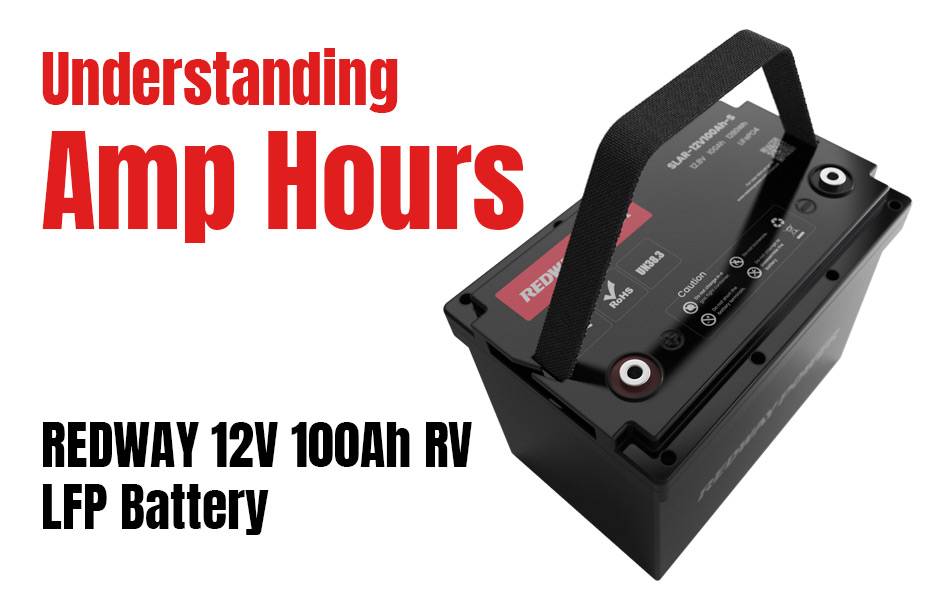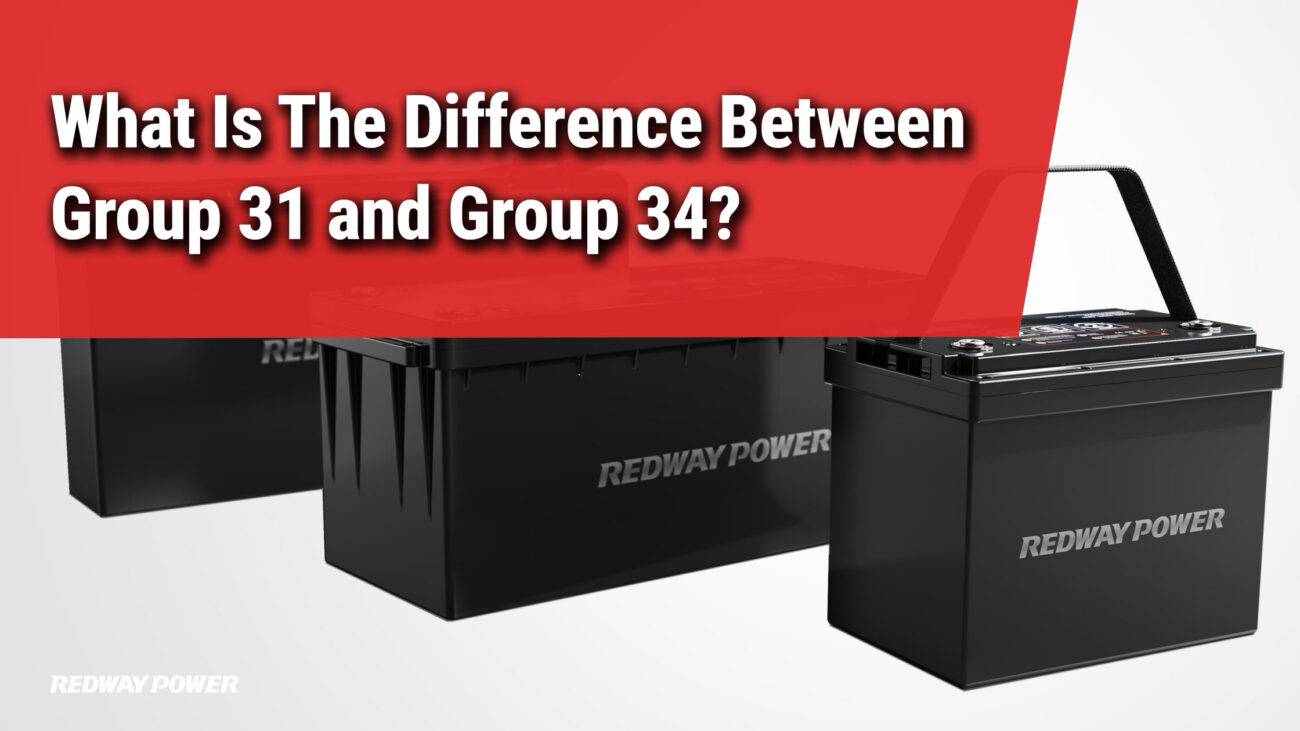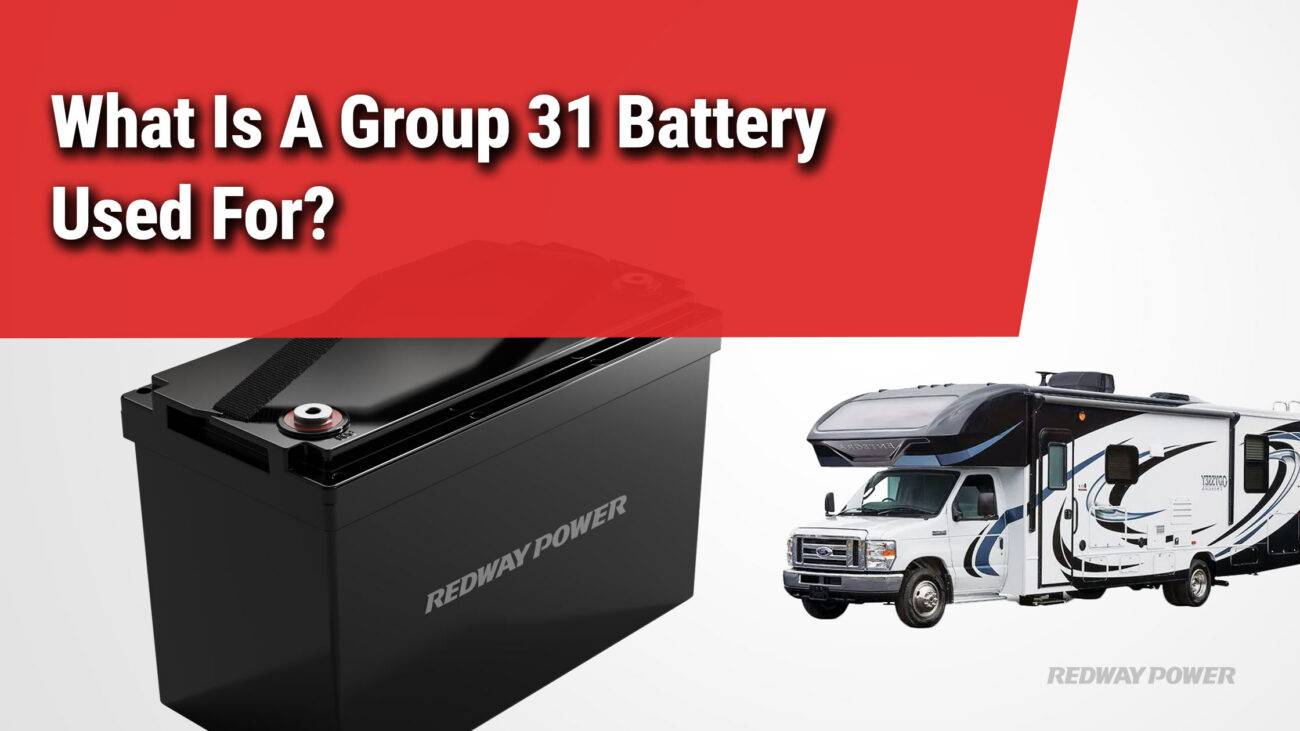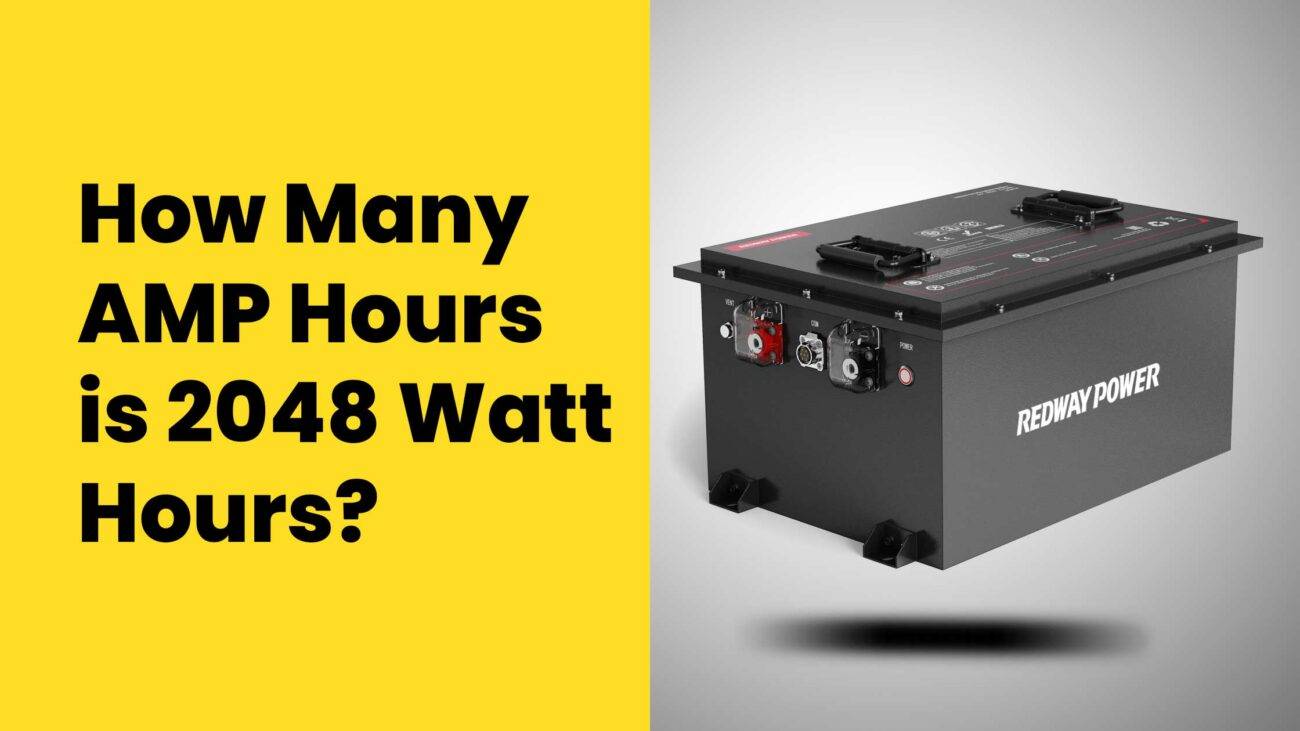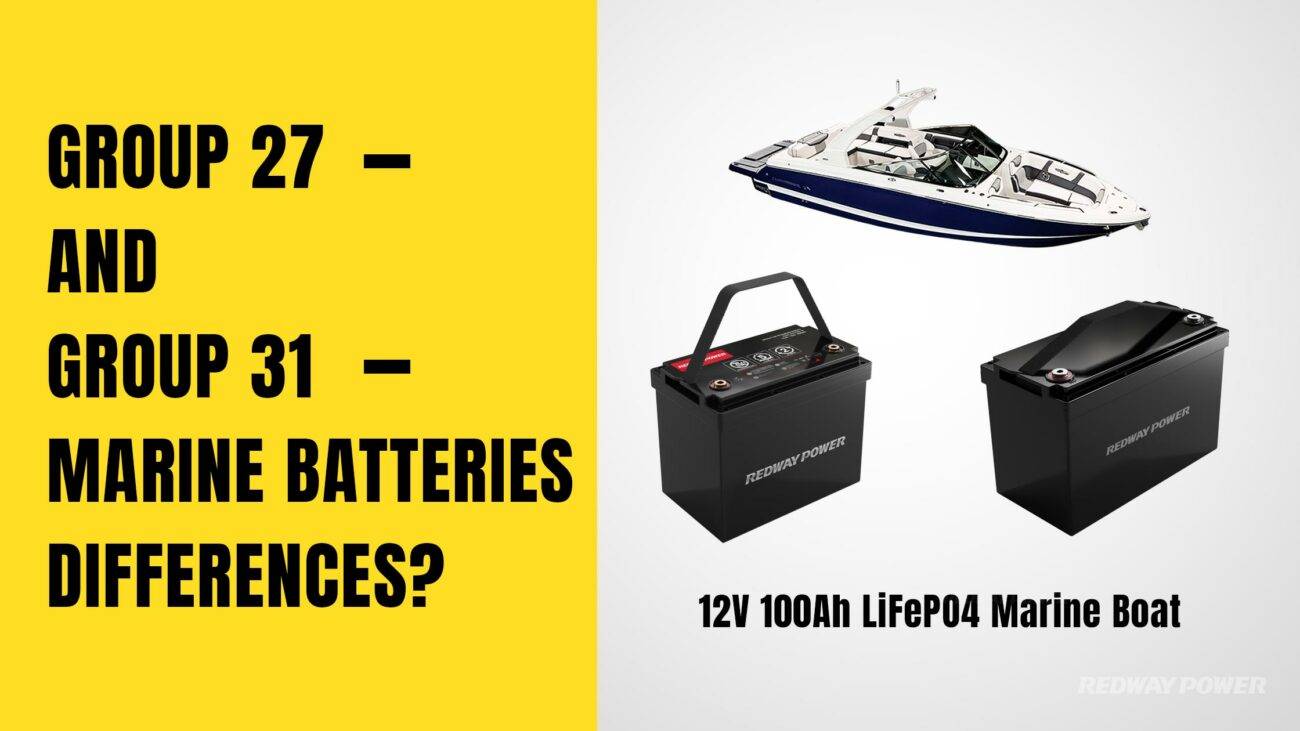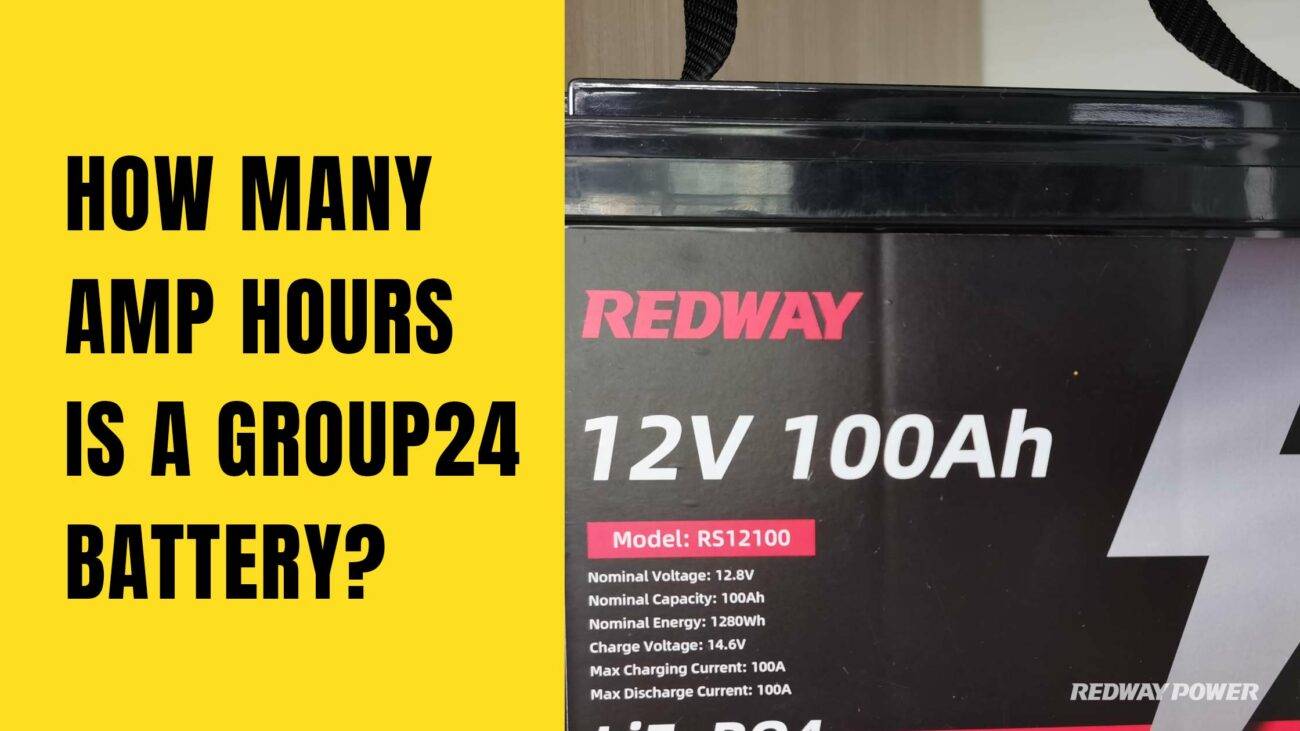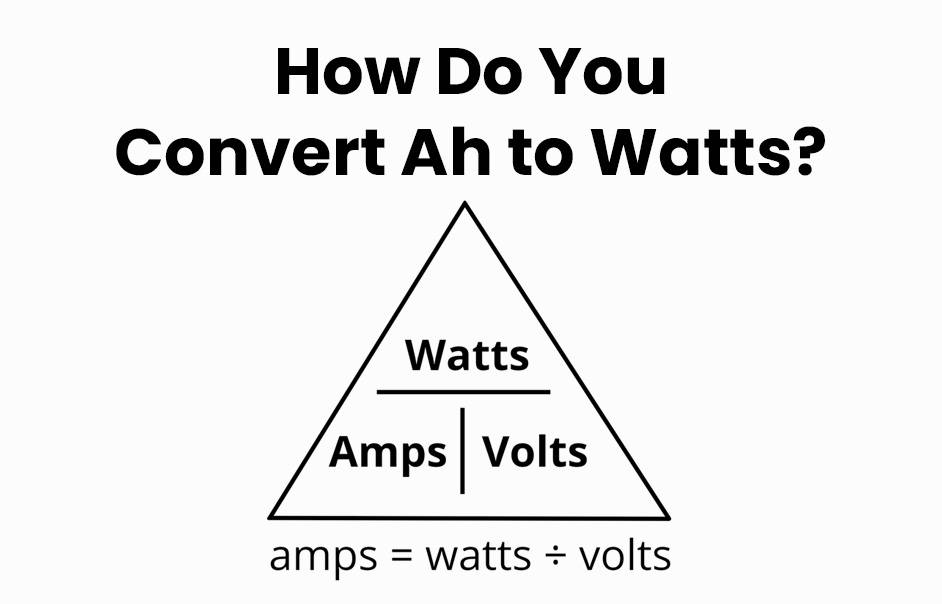- Forklift Lithium Battery
-
48V
- 48V 210Ah
- 48V 300Ah
- 48V 420Ah (949 x 349 x 569 mm)
- 48V 420Ah (950 x 421 x 450 mm)
- 48V 456Ah
- 48V 460Ah (830 x 630 x 590 mm)
- 48V 460Ah (950 x 421 x 450 mm)
- 48V 460Ah (800 x 630 x 600 mm)
- 48V 460Ah (820 x 660 x 470 mm)
- 48V 500Ah
- 48V 560Ah (810 x 630 x 600 mm)
- 48V 560Ah (950 x 592 x 450 mm)
- 48V 600Ah
- 48V 630Ah
-
48V
- Lithium Golf Cart Battery
- 12V Lithium Battery
12V 150Ah Lithium RV Battery
Bluetooth App | BCI Group 31
LiFePO4 Lithium
Discharge Temperature -20°C ~ 65°C
Fast Charger 14.6V 50A
Solar MPPT Charging - 24V Lithium Battery
- 36V Lithium Battery
- 48V Lithium Battery
-
48V LiFePO4 Battery
- 48V 50Ah
- 48V 50Ah (for Golf Carts)
- 48V 60Ah (8D)
- 48V 100Ah (8D)
- 48V 100Ah
- 48V 100Ah (Discharge 100A for Golf Carts)
- 48V 100Ah (Discharge 150A for Golf Carts)
- 48V 100Ah (Discharge 200A for Golf Carts)
- 48V 150Ah (for Golf Carts)
- 48V 160Ah (Discharge 100A for Golf Carts)
- 48V 160Ah (Discharge 160A for Golf Carts)
-
48V LiFePO4 Battery
- 60V Lithium Battery
-
60V LiFePO4 Battery
- 60V 20Ah
- 60V 30Ah
- 60V 50Ah
- 60V 50Ah (Small Size / Side Terminal)
- 60V 100Ah (for Electric Motocycle, Electric Scooter, LSV, AGV)
- 60V 100Ah (for Forklift, AGV, Electric Scooter, Sweeper)
- 60V 150Ah (E-Motocycle / E-Scooter / E-Tricycle / Tour LSV)
- 60V 200Ah (for Forklift, AGV, Electric Scooter, Sweeper)
-
60V LiFePO4 Battery
- 72V~96V Lithium Battery
- Rack-mounted Lithium Battery
- E-Bike Battery
- All-in-One Home-ESS
- Wall-mount Battery ESS
-
Home-ESS Lithium Battery PowerWall
- 24V 100Ah 2.4kWh PW24100-S PowerWall
- 48V 50Ah 2.4kWh PW4850-S PowerWall
- 48V 50Ah 2.56kWh PW5150-S PowerWall
- 48V 100Ah 5.12kWh PW51100-F PowerWall (IP65)
- 48V 100Ah 5.12kWh PW51100-S PowerWall
- 48V 100Ah 5.12kWh PW51100-H PowerWall
- 48V 200Ah 10kWh PW51200-H PowerWall
- 48V 300Ah 15kWh PW51300-H PowerWall
PowerWall 51.2V 100Ah LiFePO4 Lithium Battery
Highly popular in Asia and Eastern Europe.
CE Certification | Home-ESS -
Home-ESS Lithium Battery PowerWall
- Portable Power Stations
How Many Amp Hours Is a Group 31 Battery?
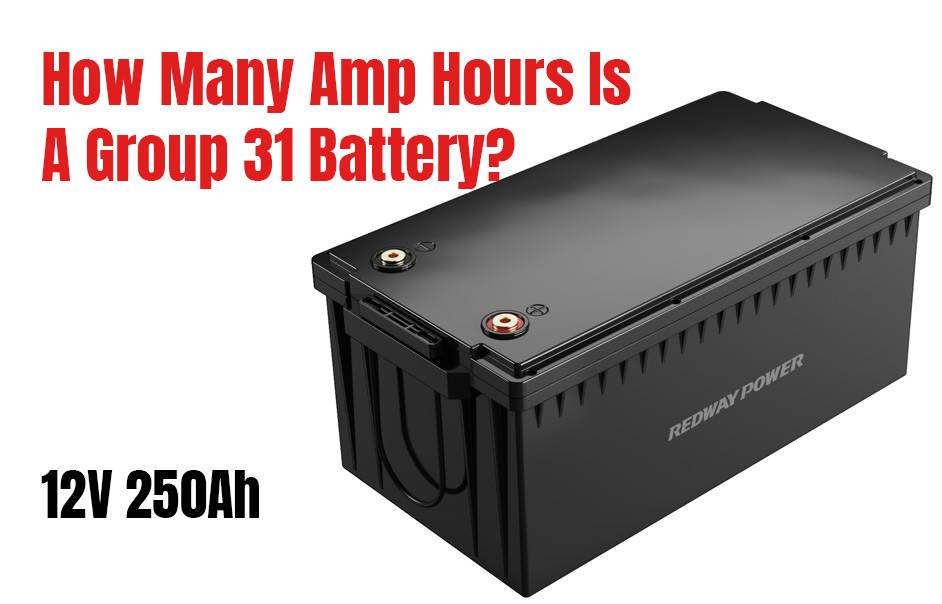
A Group 31 battery typically has an amp-hour (Ah) rating ranging from 75 to 125 Ah, depending on the specific model and manufacturer. This capacity makes it suitable for various applications, including marine, RV, and heavy-duty automotive uses. Understanding its specifications can help you choose the right battery for your needs.
What is the typical capacity of a Group 31 battery?
Group 31 batteries generally feature a capacity between 75 Ah and 125 Ah at a 20-hour rate. This means they can deliver a specific amount of current over a prolonged period, making them ideal for applications that require sustained power. The most common capacities observed are around 100 to 110 Ah.Chart: Typical Capacity Ratings
| Capacity Rating | Common Range (Ah) |
|---|---|
| Typical | 75 – 125 |
| Average | 100 – 110 |
How do Group 31 batteries compare to other battery groups?
When compared to other groups, such as Group 24 or Group 27, Group 31 batteries generally offer higher capacities and better performance metrics. For example:
- Group 24 Batteries: Typically range from 70 to 85 Ah.
- Group 27 Batteries: Usually have a capacity between 66 to 100 Ah.
This makes Group 31 batteries more suitable for applications requiring more power or longer runtimes.Chart: Comparison of Battery Groups
| Battery Type | Capacity Range (Ah) |
|---|---|
| Group 24 | 70 – 85 |
| Group 27 | 66 – 100 |
| Group 31 | 75 – 125 |
What are the common applications for Group 31 batteries?
Group 31 batteries are versatile and commonly used in various applications:
- Marine Use: Ideal for powering boats due to their deep cycle capabilities.
- Recreational Vehicles (RVs): Provide reliable power for appliances and lighting.
- Heavy-Duty Vehicles: Used in trucks and commercial vehicles that require high starting power.
- Off-Grid Systems: Suitable for renewable energy storage in solar or wind systems.
What factors affect the amp hour rating of a battery?
Several factors can influence the amp-hour rating:
- Temperature: Extreme temperatures can reduce effective capacity.
- Discharge Rate: Higher discharge rates can lead to lower available capacity.
- Age and Condition: Older batteries may not hold their rated capacity as effectively as new ones.
Chart: Factors Influencing Capacity
| Factor | Impact on Capacity |
|---|---|
| Temperature | Extreme heat or cold reduces capacity |
| Discharge Rate | Higher rates lead to lower effective capacity |
| Age | Older batteries lose capacity over time |
How are amp hours measured in Group 31 batteries?
Amp hours are measured by discharging the battery at a constant rate over a specified period, typically at a rate that allows full discharge within 20 hours. For example, if a battery rated at 100 Ah is discharged at 5 amps, it should last approximately 20 hours before reaching its cutoff voltage.
What is the difference between rated and actual capacity in batteries?
Rated capacity refers to the manufacturer’s specified performance under ideal conditions, while actual capacity may vary based on real-world usage, environmental conditions, and battery age. It’s essential to consider both when evaluating battery performance.
Why is cycle life important for battery performance?
Cycle life indicates how many charge-discharge cycles a battery can undergo before its capacity significantly diminishes. A higher cycle life means longer-lasting performance, making it crucial for applications where reliability is essential, such as in solar energy systems or RVs.
What are the advantages of using Group 31 batteries?
Group 31 batteries offer several advantages:
- High Capacity: Suitable for power-intensive applications.
- Durability: Designed to withstand harsh conditions, making them ideal for marine and off-grid use.
- Versatility: Can be used across various applications from automotive to renewable energy systems.
What are the dimensions of a Group 31 battery?
Group 31 batteries typically measure approximately:
- Length: About 13 inches
- Width: Approximately 6.8 inches
- Height: Roughly 9.4 inches
These dimensions allow them to fit into various applications while providing substantial power.
How do temperature and usage affect battery capacity?
Temperature extremes can significantly impact battery performance:
- Cold Temperatures: Can reduce available capacity and increase internal resistance.
- Heat Exposure: High temperatures may lead to faster degradation of internal components.
Usage patterns also matter; frequent deep discharges can shorten overall lifespan compared to moderate usage.
What are the best practices for maintaining Group 31 batteries?
To ensure longevity and optimal performance:
- Regular Charging: Keep batteries charged; avoid deep discharges whenever possible.
- Inspect Connections: Regularly check terminals for corrosion or loose connections.
- Store Properly: If not in use, store in a cool, dry place with an adequate charge level.
Why should you choose a Group 31 battery for your application?
Choosing a Group 31 battery is beneficial due to its high amp-hour rating, durability, and versatility across various demanding applications. Whether you need reliable power for marine use, RVs, or backup systems, its robust design makes it an excellent choice.
Industrial News
The demand for high-capacity batteries like the Group 31 continues to grow as industries increasingly rely on reliable energy sources for marine, automotive, and renewable energy applications. Recent advancements in technology have led to improved manufacturing processes that enhance performance metrics such as cycle life and efficiency, making these batteries even more appealing to consumers.
Redway Power Insights
“Understanding the specifications and capabilities of different battery types is crucial when selecting power solutions,” states an industry expert. “Group 31 batteries stand out due to their combination of high capacity and versatility, making them suitable for various demanding applications.”
